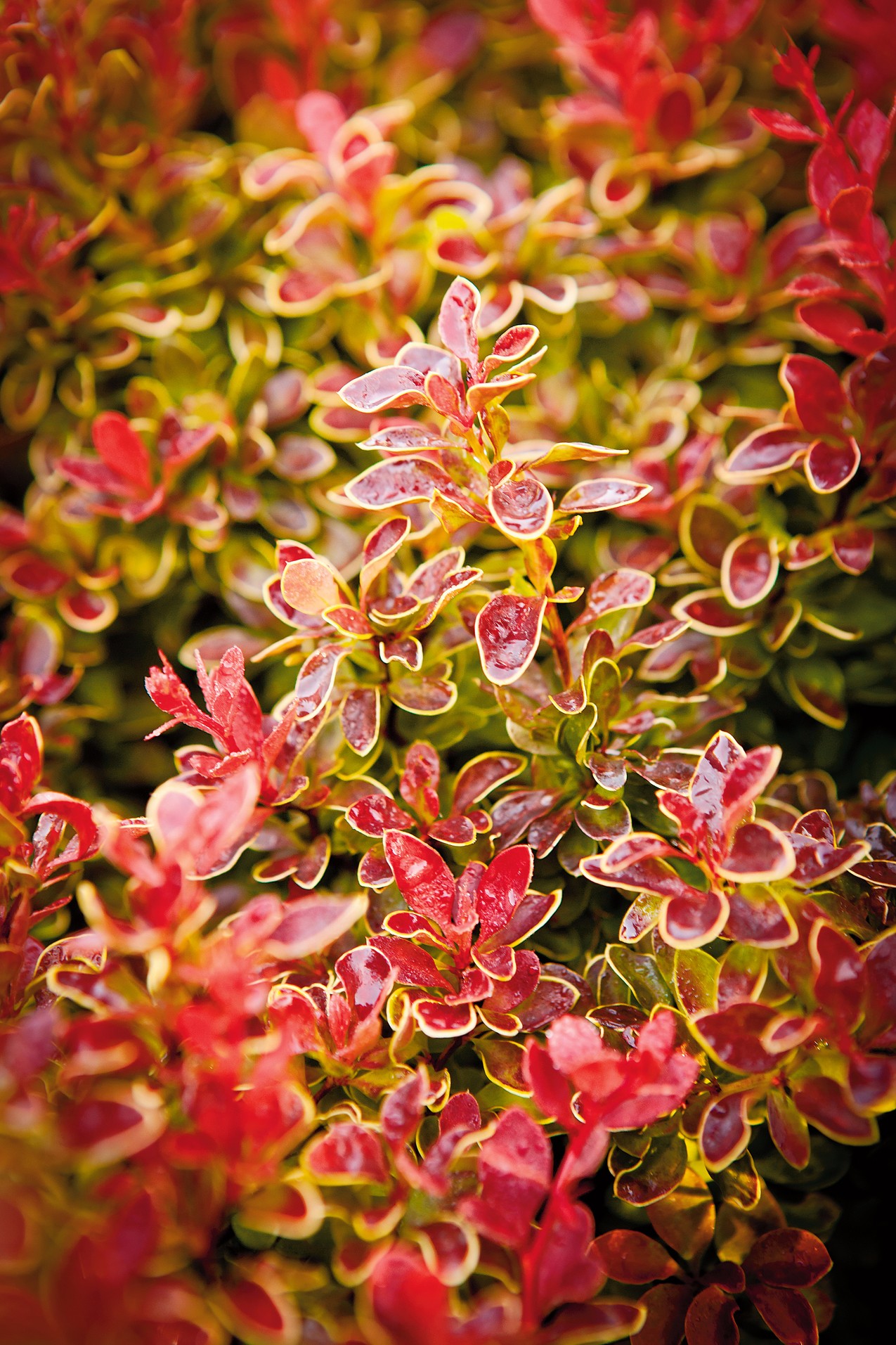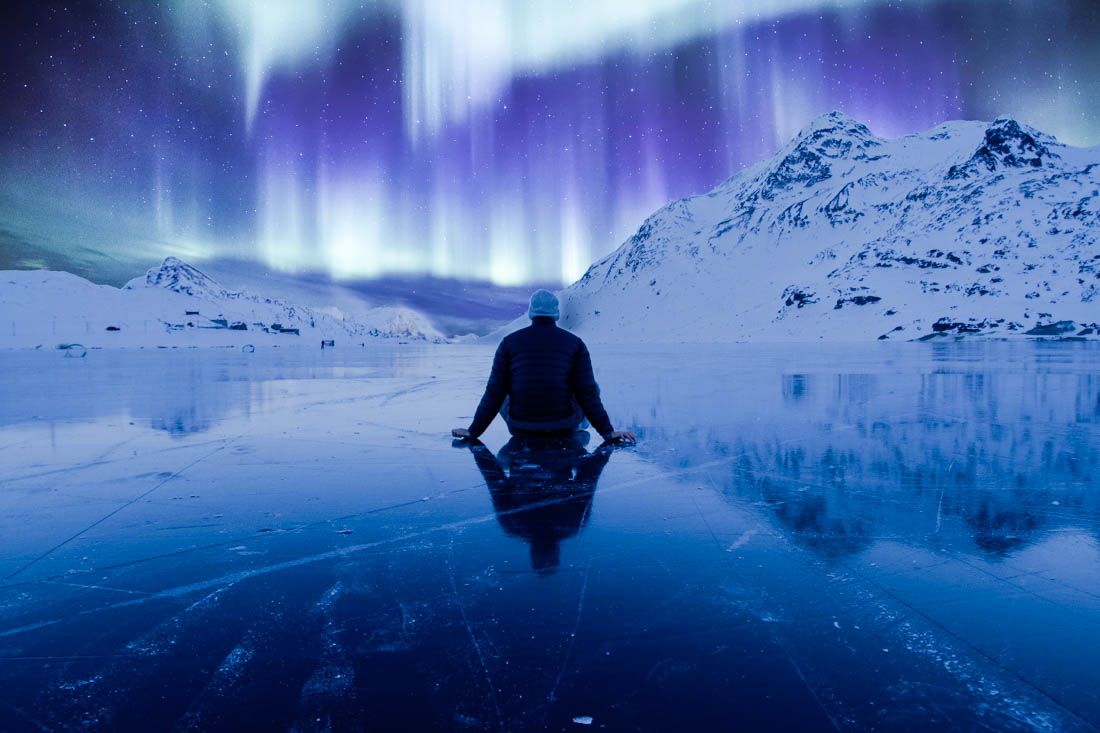Today’s topic is What Is The Complementary Color Of Red Light. Obviously, you can find a great deal of What Is The Complementary Color Of Violet-related content online. The proliferation of online platforms has streamlined our access to information.
There is a connection between the What Is The Complementary Color Of Yellow and Complementary Color Orange information. additional searching needs to be done for Complementary Colors, which will also be related to What Is The Complementary Color Of Violet.

13 Facts What Is The Complementary Color Of Red Light | What Is The Complementary Color Of Violet
- Red, yellow, and blue are the three primary colors. These three colors are the basis of all others; yellow and blue combine to make green, blue and red combine to make purple, yellow and red combine to make orange. Orange, purple, and green are the secondary colors, which can be further combined to make the tertiary colors like magenta, yellow-green, teal, and so on. If you place all of the colors on a wheel, with the primary colors equal distance from each other and the secondary colors in between them, and the tertiary colors in between them, you end up with the color wheel. - Source: Internet
- #“Cu”^(2+)# is blue in aqueous solution. #“CuSO”4# has a #lambda(max)# of about #“635 nm”# (red). It reflects the color blue, so it absorbs mostly red light, the complementary color. - Source: Internet
- Color can be described using three properties: hue, saturation, and value. The hue is the color itself: blue, purple, yellow, magenta, etc.. The saturation is the intensity of the color. Value describes how light or dark the color is. We can use these terms to describe any shade of any color that we can see. - Source: Internet
- Analogous – Analogous color schemes use colors that are adjacent on the color wheel. This creates a pleasant, unified look, with more variation than monochromatic schemes. In the following shot from O Brother, Where Art Thou?, yellow-green, yellow, and orange are the significant colors used. - Source: Internet
- The basic idea of color psychology is that different colors carry different intrinsic meanings. Studies have shown that when seeing the color red, people experience an elevated heart rate; when we see blue tones, our breathing and heart rate slow down. Color theorists have assigned all sorts of meanings to different colors. Some are obvious, some might surprise you. - Source: Internet
- Different color schemes are described in terms of the location of the colors in a shot on the color wheel. Harmonious color schemes us colors that are equidistant from each other on the color wheel. However, it’s also perfectly acceptable to deliberately use a non-harmonious color scheme to introduce tension or foreshadow conflict. - Source: Internet
- Discordant – As the name implies, discordant color schemes deliberately break from the harmonious schemes described above. Sin City – with its splashes of color amidst high contrast black and white footage – is an obvious example, but there are subtler ways of achieving this effect as well. For example, a pop of blue will sometimes be inserted into the otherwise complementary red/green scheme of Amelie. - Source: Internet
- Monochromatic – Monochromatic color schemes use only one color, with variations in saturation and value. Black and white film is obviously monochromatic, but color film can be as well. For example, there are many shots in The Matrix that are monochromatic green. Steven Soderbergh’s Traffic uses multiple monochromatic schemes to represent different areas and themes in the film. - Source: Internet
- The interesting thing about color psychology is that the meanings aren’t fixed. Warm red and yellow tones might represent safety in one film and danger in another. Individual characters can also have colors associated with them, which carry throughout a film. - Source: Internet
- This week, we’re talking about color. This could be considered more of a general cinematography topic than a lighting-specific topic, since the color in a shot is defined by location, props, and wardrobe, as well as lighting; not to mention the crucial role of color correction in post-production. However, lighting plays a vital role in the color composition of a shot and some understanding of basic color theory is important for everyone behind the camera. - Source: Internet
- Complementary – Complementary colors are opposite each other on the color wheel. This is a very common color scheme because it creates a visually-pleasing tension in the frame. Orange and blue are a common combination today, but other complementary pairs are frequently used as well. Many shots in Amelie are almost entirely red and green. Generally, one half of the complementary pair is predominant with the second color used for accents and highlights. - Source: Internet
- Triadic – Triadic color schemes are somewhat uncommon; they involve three colors equally spaced on the color wheel. Yellow, blue, and red is probably the most common triadic combination, as seen in the following shot from Superman. Triadic color schemes are usually bright and vibrant – almost cartoony – because they rely on hues with so much variation. - Source: Internet
- The color wheel is a hugely important tool for a cinematographer. It allows us to look at the relationships between the colors in a shot and judge how harmonious or chaotic they are. For a “standard” color wheel, red should be across from green, yellow should be across from purple, and blue should be across from orange, forming three primary/secondary pairs with the tertiary colors in between. - Source: Internet
 Following are some suggestions for where to begin your search for data on What Is The Complementary Color Of Yellow:
You should try to find What Is The Complementary Color Of Violet-related information from reputable places. Libraries, online resources, and even paid journalists all fall under this category.
- It's crucial to be aware of the various electronic media sources available when researching Complementary Color Rgb, such as Google and YouTube. You may also get info about Complementary Color Rgb on social media sites like Facebook and Twitter.
Following are some suggestions for where to begin your search for data on What Is The Complementary Color Of Yellow:
You should try to find What Is The Complementary Color Of Violet-related information from reputable places. Libraries, online resources, and even paid journalists all fall under this category.
- It's crucial to be aware of the various electronic media sources available when researching Complementary Color Rgb, such as Google and YouTube. You may also get info about Complementary Color Rgb on social media sites like Facebook and Twitter.It’s crucial to read to examine the authenticity of each source in order to acquire the greatest information regarding Blue Is Complementary To What Color.
Video | What Is The Complementary Color Of Red Light
You’ll learn more about Blue Is Complementary To What Color after watching the films included in this post, which come from a variety of different sources. Information on a wide range of topics can be easily accessed via the internet.
## Notable features of Green light has wavelengths between 490 560 nm Red light has wavelengths between 630 720 nm: Red and Green are complementary colors. You measure the Lambda-max for a colored solution and it is 671 nm with very_high Absorptivity; What color does the look Iike out in the sunshine? Select ] You take this solulion into room where the only light source emits 671 nm; What color does the solution look like now? Select | include:- What Is The Complementary Color Of Red Light
- What Is The Complementary Color Of Violet
- What Is The Complementary Color Of Yellow
- Complementary Color Finder
- Blue Is Complementary To What Color

With the abundance of Complementary Colors-related resources available online, it’s easy to find what you’re looking for.
This is not how most people would expect to learn more about Complementary Color Rgb, so be prepared for some shock value. It paves the way for a closer examination of the What Is The Complementary Color Of Yellow information’s actual substance and its potential applications.
 techniques for making Complementary Colors data visualizations that are both aesthetically pleasing and practically applicable. They can spread the word about What Is The Complementary Color Of Violet in professional and promotional settings. For this reason, we also include Complementary Colors-related pictures.
techniques for making Complementary Colors data visualizations that are both aesthetically pleasing and practically applicable. They can spread the word about What Is The Complementary Color Of Violet in professional and promotional settings. For this reason, we also include Complementary Colors-related pictures.
At last, this article sums up key points about Complementary Color Rgb. There is also a comparison of your Green light has wavelengths between 490 560 nm Red light has wavelengths between 630 720 nm: Red and Green are complementary colors. You measure the Lambda-max for a colored solution and it is 671 nm with very_high Absorptivity; What color does the look Iike out in the sunshine? Select ] You take this solulion into room where the only light source emits 671 nm; What color does the solution look like now? Select | knowledge to that of Complementary Color Rgb, as well as a discussion on Complementary Color Orange and Complementary Color Orange.